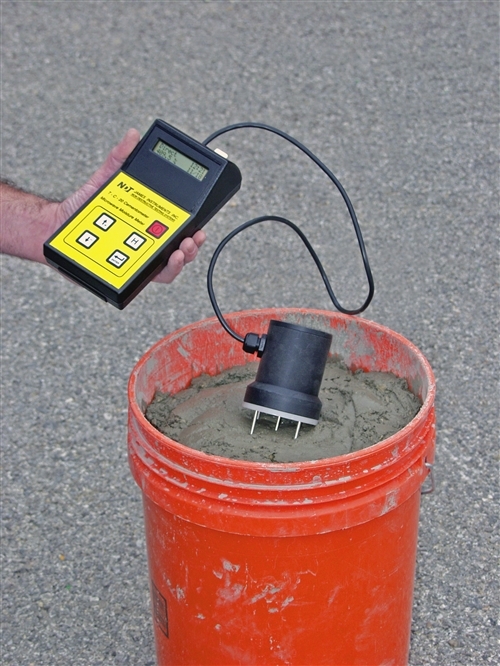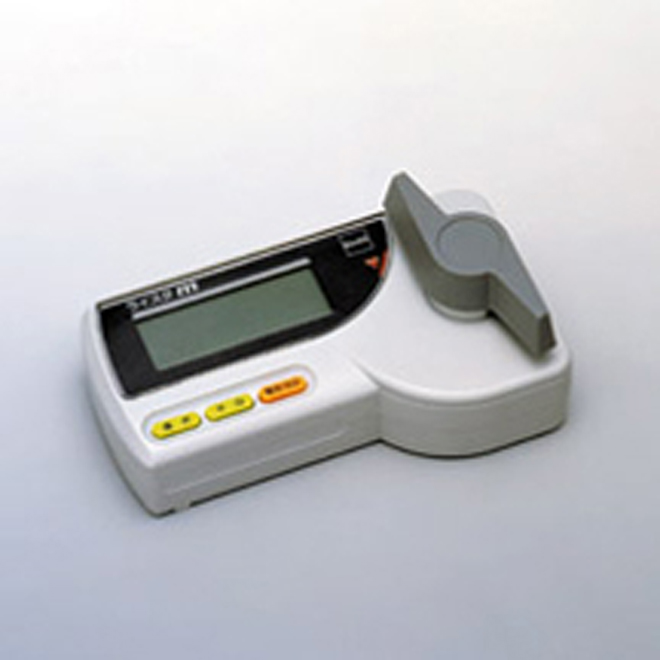Exactly How a Moisture Meter Can Help You Preserve Optimal Conditions in your house or Office
Exactly How a Moisture Meter Can Help You Preserve Optimal Conditions in your house or Office
Blog Article
Understanding the Importance of a Moisture Meter in Avoiding Mold and Water Damage in your house
In the world of home upkeep, the visibility of moisture can often be a silent yet powerful adversary, capable of triggering prevalent mold and mildew development and insidious water damage if left untreated. Understanding the importance of a wetness meter in this fight is not just an option but a calculated need.
Relevance of Moisture Detection
Efficient wetness detection techniques are critical for safeguarding properties and preventing potential mold growth and water damage. Wetness can leak right into numerous structure products, causing architectural problems and carcinogen. By using a wetness meter, residential or commercial property owners can proactively identify locations vulnerable to excess dampness, enabling for timely treatment and reduction techniques.
Moisture meters supply precise readings of dampness degrees in different materials such as concrete, timber, and drywall. This data aids in identifying areas of issue, even in hard-to-reach or surprise locations. Early detection of dampness build-up enables punctual repair work or adjustments to stop further damages.

How Moisture Meters Job
Wetness meters play a critical role in the aggressive identification of excess dampness, helping in the prevention of possible mold development and water damage by providing precise analyses of moisture degrees in different structure materials. These devices work based on various principles, depending upon their type. Moisture Meter. Pin-type wetness meters, as an example, have 2 pins that penetrate the product to measure the electric resistance in between them. When moisture is existing, it enhances the product's conductivity, leading to a lower resistance analysis. Pinless moisture meters, on the various other hand, usage electromagnetic sensing units to scan the product without triggering damage. These sensors send out electromagnetic signals that penetrate the material and gauge the dielectric buildings, indicating wetness web content. Some advanced wetness meters pin both combine and pinless innovations for comprehensive moisture detection. Recognizing how moisture meters function is necessary for exact and prompt dampness degree assessments, allowing efficient safety nets against mold and water damage.
Finding Early Warning Indicators
Upon preliminary examination of a property, identifying subtle indicators of excess dampness comes to be critical in the early discovery of prospective mold growth and water damage. Some typical very early caution indications include moldy odors, water stains on wall surfaces or ceilings, peeling paint or wallpaper, and distorted or stained surfaces. Stuffy odors often indicate the presence of mold and mildew or mildew, also if no noticeable indicators are noticeable. Water spots can signal leakages or infiltration, while peeling paint or wallpaper may be a result of dampness endangering the bond of these materials to the surface area. Warped or blemished surfaces, such as distorting floorboards or blemished drywall, are clear indicators of water damage. Additionally, a boost in allergy signs and symptoms or breathing concerns amongst residents might recommend the visibility of mold due to excess wetness. By without delay identifying and resolving these very early caution signs, house owners can minimize the threat of extensive mold growth and water damage in their properties.
Preventing Mold And Mildew Growth
Identifying very early warning indicators of excess wetness within a residential property not only enables timely detection of possible mold development and water damage yet likewise serves as an aggressive step in preventing the expansion of mold. To properly stop mold and mildew growth, it is crucial to attend to any resources of moisture without delay.
In addition to resolving moisture sources, maintaining interior humidity levels listed below 60% can considerably hinder mold growth. Correct ventilation, sufficient insulation, and making use of air conditioning system or fans can assist manage interior humidity levels. Checking moisture visit our website levels in areas vulnerable to check over here moisture, such as cellars and creep rooms, using a wetness meter can additionally assist in early detection of elevated wetness degrees and possible mold and mildew growth. By taking proactive steps to avoid excess dampness and mold and mildew development, homeowners can protect their property and indoor air quality.
Advantages of Normal Tracking
Normal monitoring of wetness degrees in a home can play a crucial role in keeping a healthy and balanced indoor setting and avoiding prospective mold and mildew and water damages. By regularly inspecting wetness degrees, home owners can detect any problems immediately and take essential activities to prevent mold growth and water damage.
Additionally, normal surveillance permits home owners to track patterns and trends in moisture degrees over time. By developing a baseline and tracking modifications, people can identify any areas of concern or potential vulnerabilities in the building's framework. This data-driven strategy makes it possible for targeted treatments and maintenance efforts to deal with underlying issues prior to they rise right into more significant problems. Ultimately, the regular surveillance of dampness levels empowers homeowners to protect their residential or commercial property, safeguard their health, and maintain the honesty of their indoor environment.

Verdict

By using a moisture meter, property proprietors can proactively identify locations prone to excess dampness, permitting for timely treatment and mitigation approaches.

Keeping an eye on dampness degrees in areas susceptible to wetness, such as cellars and creep areas, utilizing a wetness meter can also help in early detection of raised dampness degrees and prospective mold growth. (Moisture Meter)
Report this page